Supplies:
Sterilized Glass canning Jar with a lid plastic or metal: pint or quart size
To sterilize boil for 10 minutes and let dry naturally
Food processor or just a fork would work
Fresh or frozen cranberries (thaw first)
Recipe for Quart Jar
- 3 cups fresh cranberries skins slightly crushed
- 1" knob ginger sliced
- 1 cinnamon stick
- 1 orange juiced
- 2 cups raw honey or enough to completely cover the cranberries
- Cranberries have a tough skin and you need to break the skin to release some of the juices. You can do this by using a fork or knife and poke them or place them into the food processor and pulse a couple of times.
- Place the cranberries into the quart jar
- Add the ginger slices, cinnamon stick and orange juice and stir.
- Pour the honey over the cranberries until covered. It may take a few minutes for the honey to get to the bottom of the jar. You may have to go back and top it off with more honey after it sits a while.
- Leave about an inch of head space
- If you are using a metal canning lid, put a piece of parchment paper between the lid and the jar it may react with the fermentation process.
- Cover the jar tightly and give it a few turns to coat all of the cranberries in honey. Every few days, tighten the lid, give the jar a few turns, then re-loosen the lid
- Place the jar on a plate in case the honey overflows as it ferments which happens often. Then put it in a dark cool area.
- Within in few days to a week you will notice bubbles. The honey will turn red and become more runny.
- The cranberries will start to wrinkle and will loose their tartness.
- Store in a cool place for many months or even a year or more.
- It’s important to use raw honey for this recipe, as it has all of the bacteria and wild yeast that is necessary for fermentation.
- The small amount of orange juice will create just enough liquid for fermentation to happen.
- These can be left to ferment for quite a while, several months, and will be tastier as time goes on. I think the flavor even after just a few weeks was amazing! You can eat them at any time.
- Store in a cool place for many months or even a year or more.
- If you are concerned about botulism, use a pH test strip. Botulism spores can't reproduce with a pH of less than 4.6. Honey is usually around 3.9, but that can vary between brands. Cranberries are also highly acidic.
- If the pH is too high, add a splash of raw apple cider vinegar to add more acidity and retest. This is generally not needed, but I do want to mention it.
- Honey cranberries should not be given to babies under one year of age.
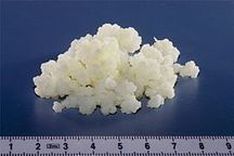
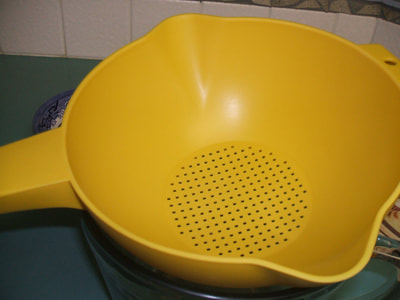
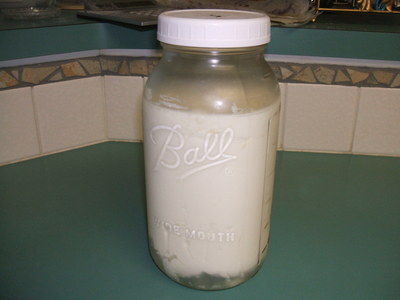
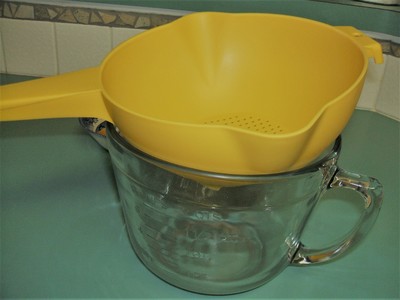
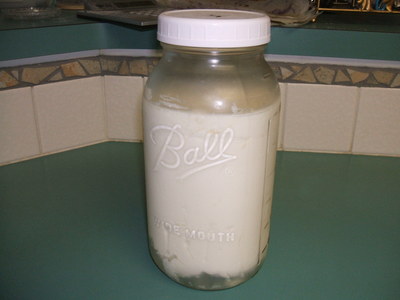
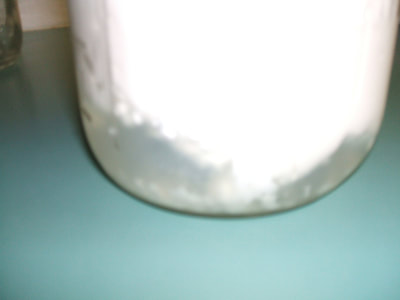
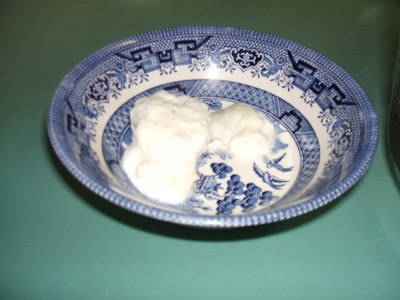
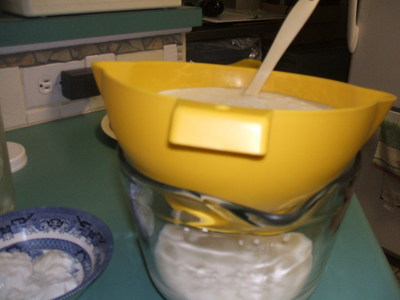
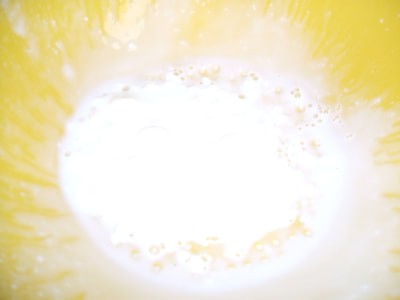
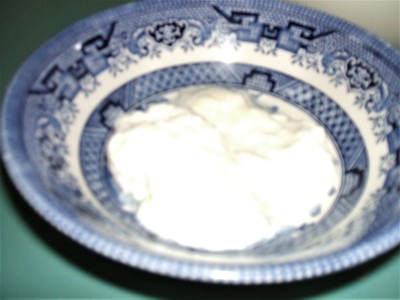
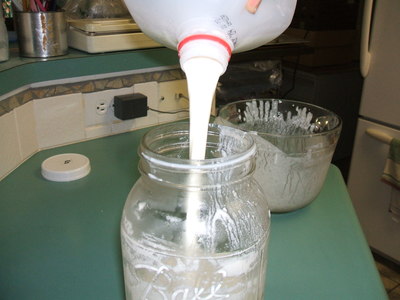
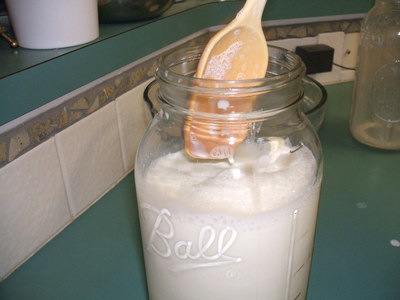
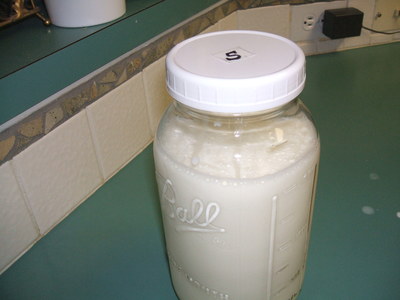



 RSS Feed
RSS Feed
